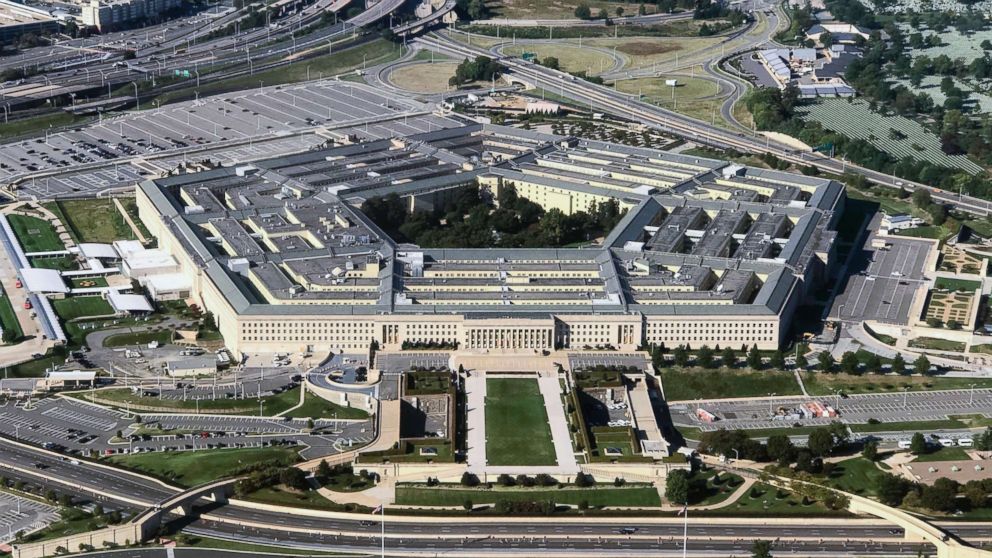Proposed Pentagon budget includes new funding for border wall and accounting trick
Unlike rest of government, the White House proposed increased funding for DOD.
While many federal agencies took big hits in the proposed federal budget from the White House, the Pentagon's portion for the coming year is almost 5 percent more than the $685 billion enacted by Congress last year.
Overall the Trump administration's proposed national security budget is $750 billion. But that includes $32 billion from other agencies, such as the Department of Energy which takes care of the United State's non-deployed nuclear weapons arsenal. The $718 billion dollars slated for the Pentagon includes a 3.1 percent pay increase for military service members, increases space funding by 15 percent to $14.1 billion and includes about $3.6 billion in new funding to build barriers along the Southwest border.
"This budget reflects the challenge pulling together all the pieces of the National Defense Strategy that have been built over the past two years," said David Norquist the Pentagon's comptroller who is currently performing the duties of the Defense Department's deputy secretary.
But Congress is certain to raise questions about the accounting tricks that sidestep legal budget caps on what the Pentagon budget is supposed to be for this year.

Under the 2011 Budget Control Act, the Pentagon has a spending cap of $545 billion in its budget for this year. Those limits typically cover the "base" budget items for running the Department of Defense.
The funds for fighting wars overseas are allocated in the Overseas Contingency Operations (OCO) fund, that in recent years, has come in at around $60 billion.
But this year's OCO has ballooned to $173 billion, almost three times what it's been in previous years because the Pentagon now says $97 billion in "base" funding can fall under the OCO account.
Pentagon Deputy Comptroller Elaine McCusker defended the accounting maneuver, telling reporters it was something the Pentagon has done before.
"The accounts that we have in OCO are accounts that have been funded in full or in part, in the past," she told reporters Tuesday.
The budget proposal also includes new funding to build barriers along the Southwest barrier, but Pentagon officials could not provide specific details about how the new $3.6 billion could be used, other than to say it helps meet the $18 billion the Trump administration has identified to build the border wall.
Separately the Pentagon has also set aside an additional $3.6 billion to replace this year's military construction funds that could soon be used to build border barriers under President Donald Trump's national emergency declaration.
In releasing details from the overall proposal, senior Pentagon officials stressed how the budget is strategy-driven and is intended to counter the growing competition from Russia and China in new areas.
"Future wars will be waged not just in the air, on the land or at sea, but also in space and cyberspace, dramatically increasing the complexity of warfare, Norquist said.
To that end, the budget request increases space funding by 15 percent to $14.1 billion with most of that amount going to improve space capabilities, satellite communication and launches.
The new Space Force -- advocated by Trump -- the new Space Command and the Space Development Agency make up only $300 million of that funding.
The Pentagon budget also includes $9.6 billion on cyber operations, both offensive and defensive, a ten percent increase over last year.
Seeking to keep its competitive advantage on the battlefield, the Pentagon is also investing in new research of future technologies like artificial intelligence, hypersonics, directed energy and autonomous vehicles.
The new budget is also certain to please military service members who, if Congress approves, are in line to receive a 3.1 percent pay increase, an amount Pentagon officials touted as the largest request in a decade.




